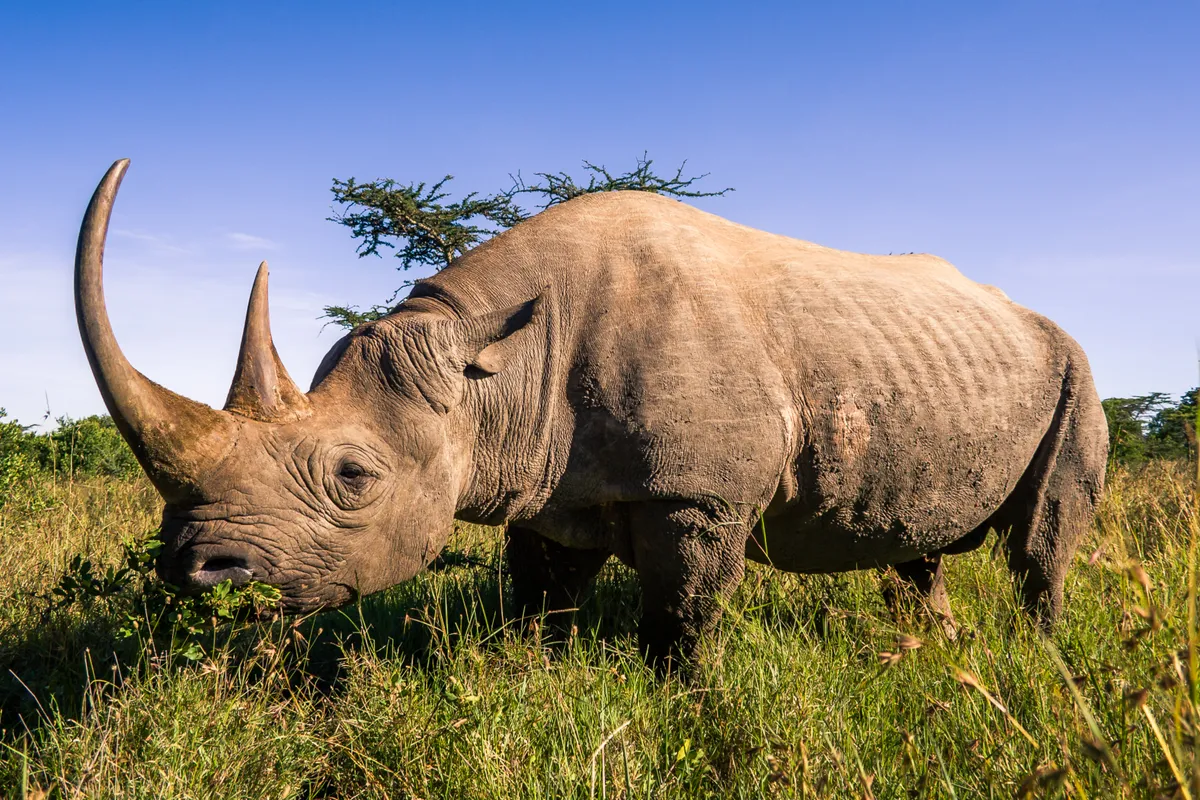Improved fossil-dating techniques have suggested that Elasmotherium sibiricum, an ancient rhino species known as the ‘Siberian unicorn’ due to its remarkable horn, survived to at least 39,000 years ago and overlapped in time with modern humans.
It was previously believed that the giant rhino, which weighed up to 3,500 kg, went extinct between 200,000 and 100,000 years ago, but new data shows that the species was instead a victim of the last Ice Age.
“This megafaunal extinction event didn't really get going until about 40,000 years ago,” says Professor Adrian Lister from the Natural History Museum. “So with its apparent extinction date of 100,000 years ago or more, the ‘Siberian unicorn’ has not been considered as part of that same event.”
“We dated a few specimens - such as the beautiful complete skull we have at the Museum - and to our surprise they came in at less than 40,000 years old.”
A total of 23 E. sibiricum specimens were radiocarbon dated to estimate the species extinction.
In addition, the stable isotope ratios in the teeth were compared to different plants, allowing scientists to gain an insight into the rhino’s biology and behaviour. The comparison confirmed that the species mostly likely grazed on tough, dry grasses.
The extinctions of the rhino and other megafauna including the woolly mammoth, Irish elk and sabre-toothed cat, were unlikely to be caused by the early modern humans and Neanderthals that shared the landscape.
Instead, it is believed that the dramatic fluctuations in climate, the specialised grazing lifestyle and naturally low population numbers pushed the rhino to extinction.

DNA of the ‘Siberian unicorn’ was recently extracted from fossils for the first time by Australian researchers, who then compared it with other rhino DNA.
They were able place both the ‘Siberian unicorn’ and other Elasmotherium species within the rhino evolutionary tree, showing that this group split off from modern rhinos roughly 43 million years ago.
